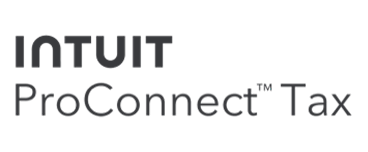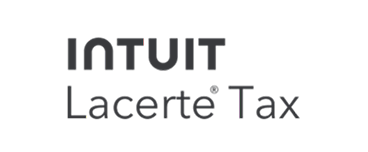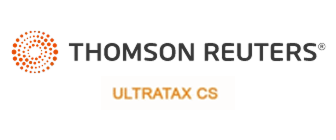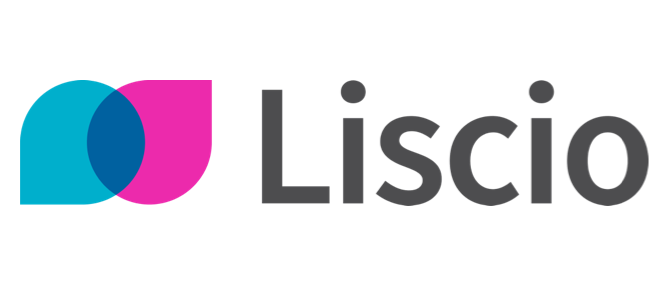
The Paperless Office – Information anytime, anywhere – no printing required.
Operating a “paperless office” seems to be the goal of many businesses today, but dealing with the realities of paper documents – bank statements, bills, invoices, receipts, and more – can be quite a challenge if the right tools aren’t available. The paperless office is the moniker applied to businesses electing to either eliminate or greatly reduce the use of paper in the course of normal business operations. Some businesses wish to reduce the use of paper to reduce storage and archival space requirements, conserving on the cost of operations by exchanging electronic document storage facilities for physical ones. Other businesses desire to reduce the use of paper for environmental reasons, recognizing that using less paper means using fewer resources and energy (saves trees!). Regardless of the reason for the approach, developing a paperless office mentality in the business ultimately delivers a variety of benefits.
The ROI of Moving to a Paperless Office
Traditional business approaches involve many paper-based processes, all of which are quite resource intensive. The result is a high cost of managing paper and documents, including costs of storage (floor space, filing cabinets and folders), as well as the personnel required to deal with it all. Further, finding information becomes complicated when the volume of paper increases, reducing the efficiency of workers who need information stored in the files. Using paperless office tools to store and share documents not only saves on the cost (resources and productivity) of storing and retrieving documents, it can also help to increase overall worker productivity by making information easier to share and collaborate on.
Less Paper Means More Control (Version Control, That Is)
Consider the fact that paper is static and cannot change. Once printed, a document becomes “out of sync” with the information in the system. It is more difficult to update, and distribution of changes is problematic and costly, often resulting in revision control problems. Further, re-using information becomes more challenging, as paper documents are more difficult to sort or organize in multiple ways, and printed files can easily be lost or damaged.
The New Face of the Paperless Office
Even as highly usable computing technology and “smart” imaging systems have emerged, businesses continue to rely upon largely paper-based processes. Much of this has to do with advancements in printing and reproduction, making it easier to print large documents quickly and allowing for fast reproduction of documents in bulk. Improvements in printer and copier technologies resulted in many businesses actually increasing their production of paper documents.
The new standard for working with documents and information is a paperless standard, where businesses recognize that changing paper-based information into usable data makes sense for a variety of reasons. Once a paper document becomes digital data, it is able to be stored centrally and shared with those who need it, and keeping track of the document becomes easier because it is not being reproduced or moved as it is accessed and viewed.
Making the Paperless Office a Reality
To get started on the path toward a paperless office, businesses simply need to embrace the idea and overcome the urge to print and copy unnecessarily. Scanning paper files and storing documents electronically doesn’t take a high level of tech savvy, just a decent scanner and enough hard drive space to store the files. Paperless isn’t all free, however, since you still need to protect your electronic files just as you did the paper files. For this, you’ll want a good online document filing solution, because you need to keep stored files safe, secure and offsite.
The growing popularity of paperless office approaches is being supported by the number and variety of technologies available to facilitate the trend. Mobile computing devices allow users to access information beyond boundaries traditionally presented with physical filing systems. Smart phones and tablet computers are now powerful enough to provide useful access to electronic document facilities which were once accessible and useful only with desktop computers, making information available via a variety of modes and devices. Further, improvements in computer displays have made it easier for many people to view documents on-screen rather than as printed pages.
Businesses of all types and sizes are recognizing that the better approach to document handling is a paperless approach. Reducing the cost of printing and consumables, increasing the efficiency of storing and accessing information, and improving collaboration and security through re-use and secure sharing of data are the benefits to be achieved through a focused “less paper” approach to doing business.
About the Author
Joanie Mann – Cooper Mann Consulting, Guest Contributor

Joanie Cooper Mann has over 30 years experience in network integration and consulting, advanced network design, application virtualization and delivery, and voice and data systems integration. Her extensive work with accounting professionals worldwide has positioned her as an expert consultant and adviser to practitioners looking to leverage cloud accounting solutions, web-based applications and Internet technologies in their firms and with their clients. Connect with Joanie on LinkedIn or Twitter.






